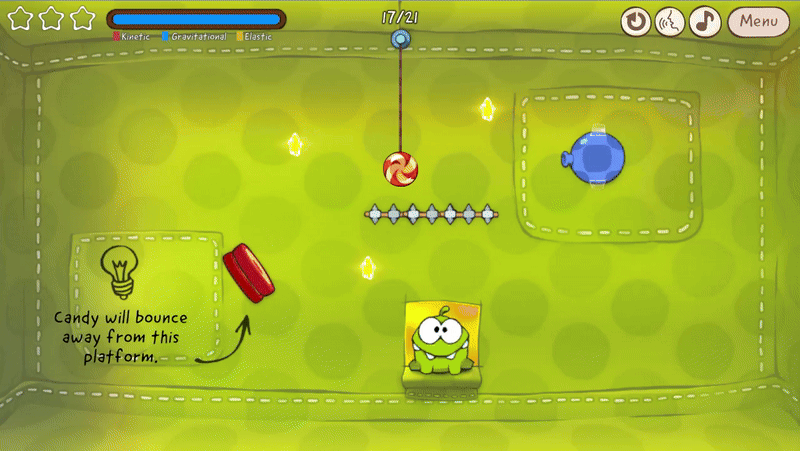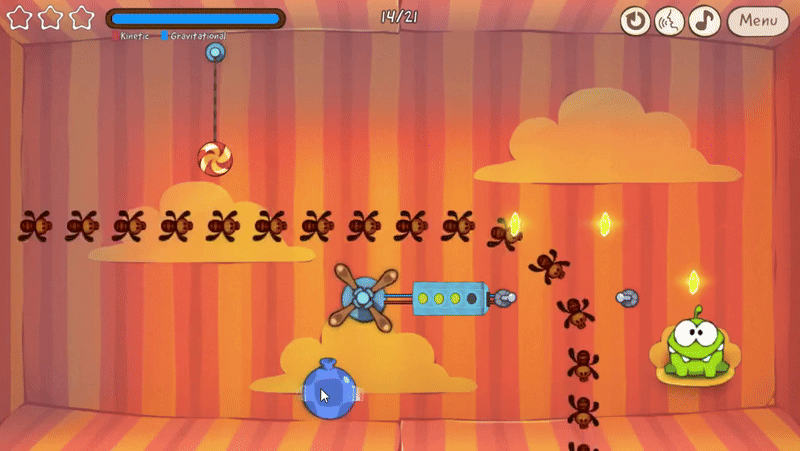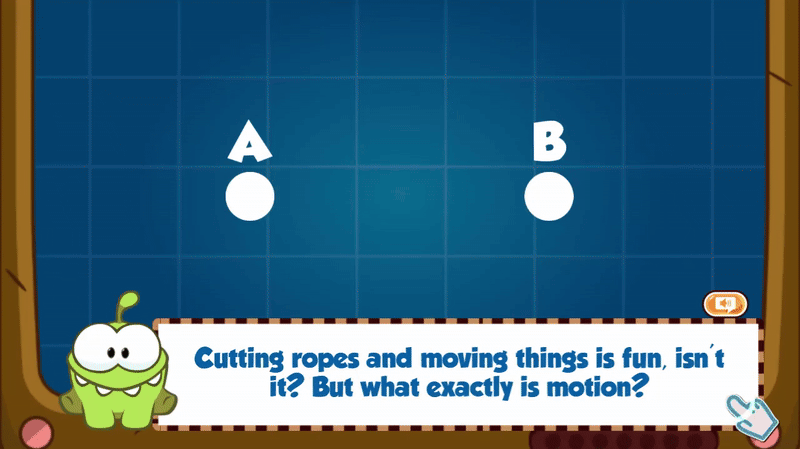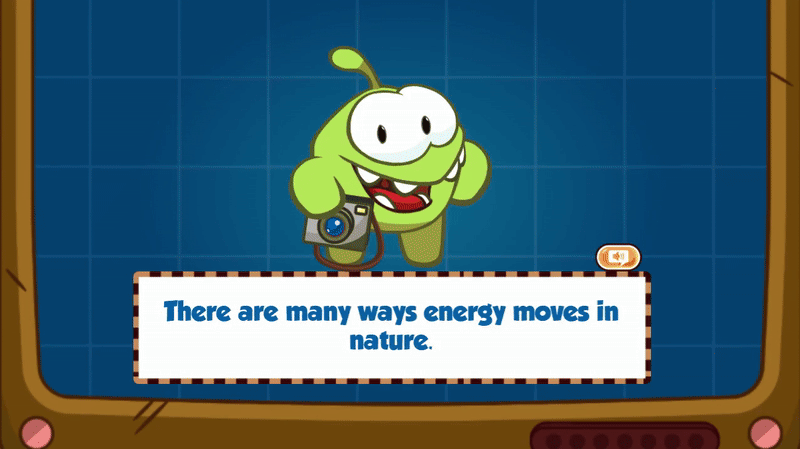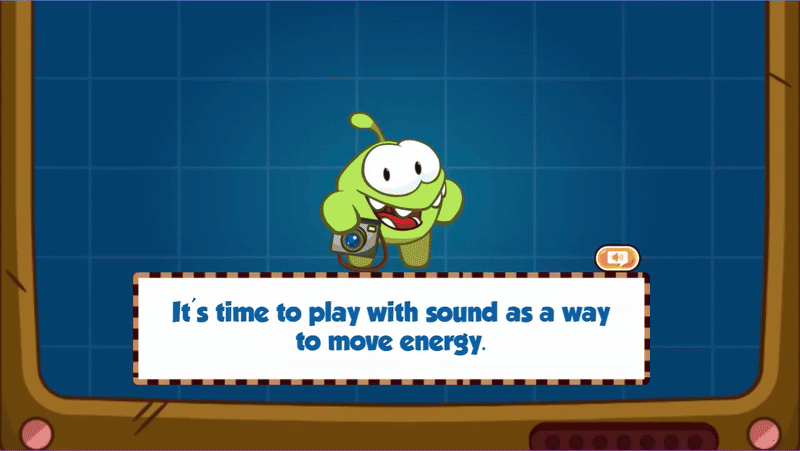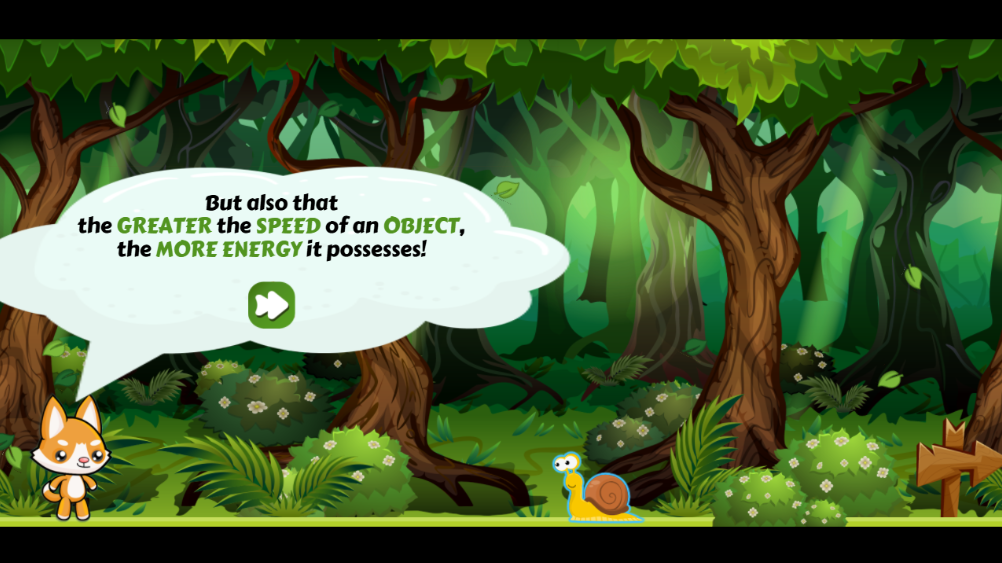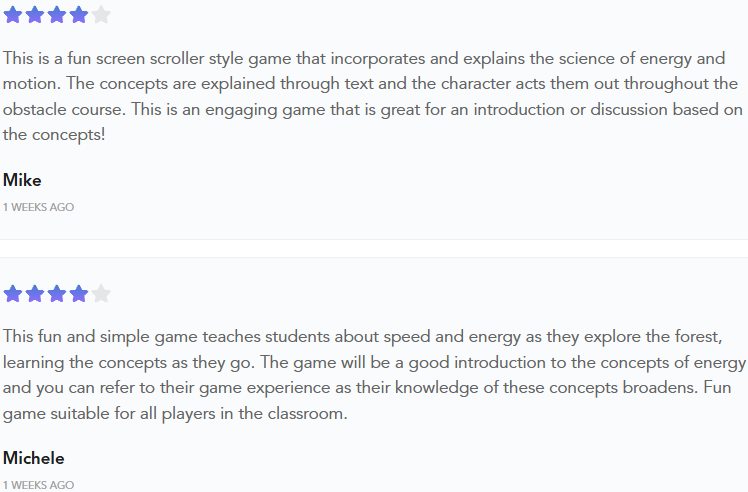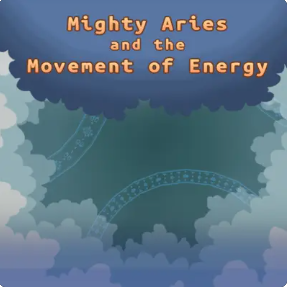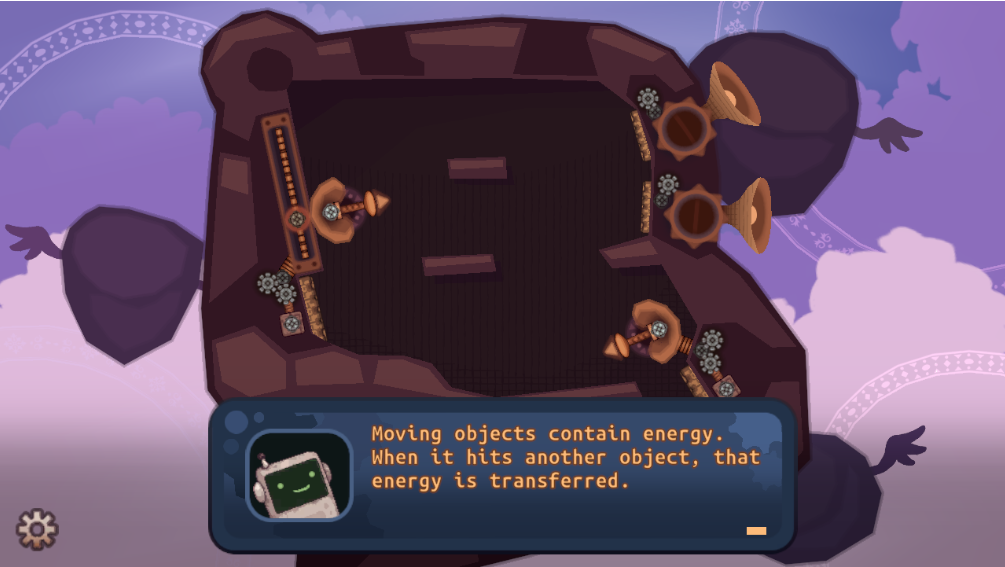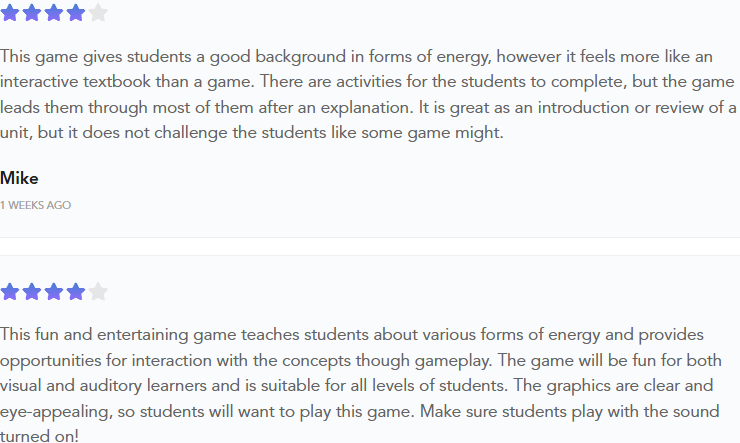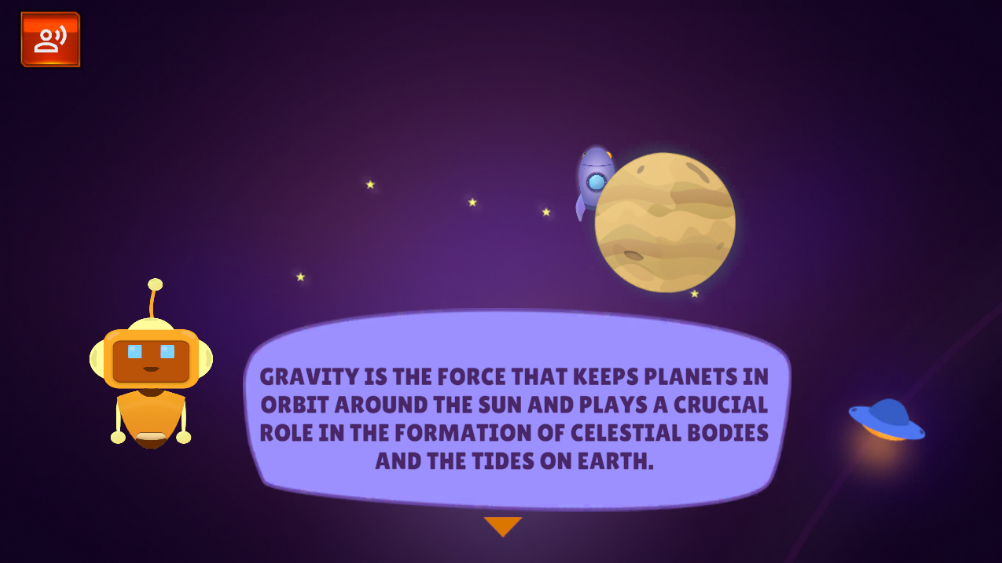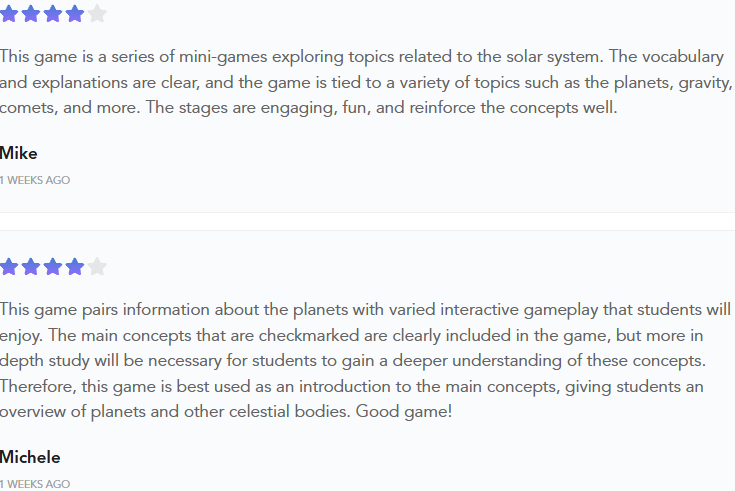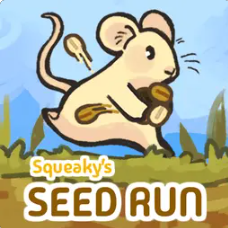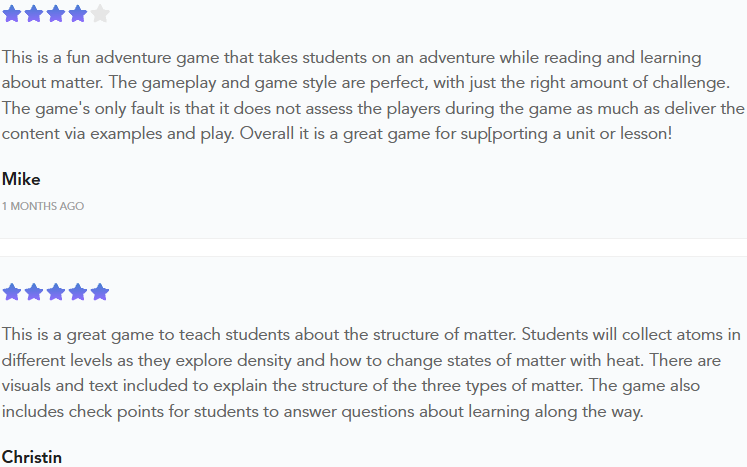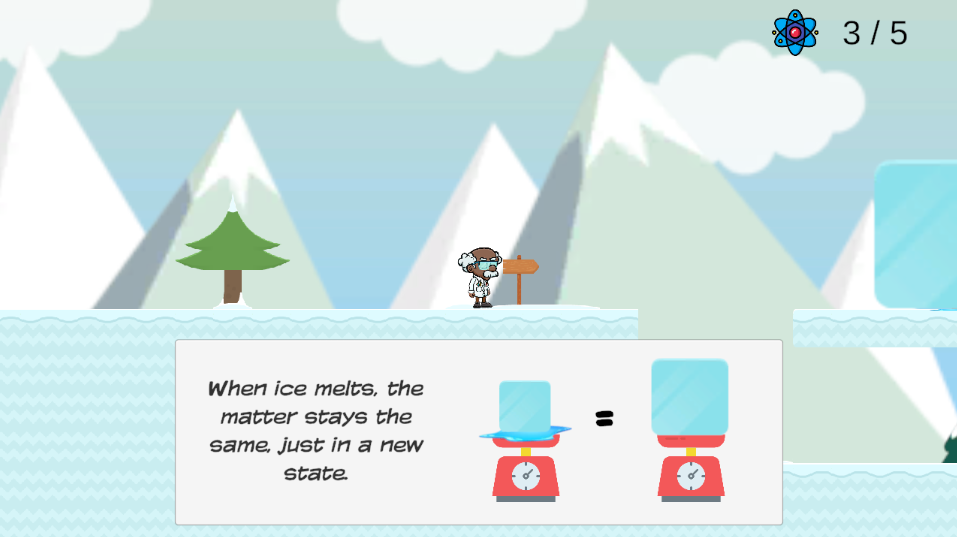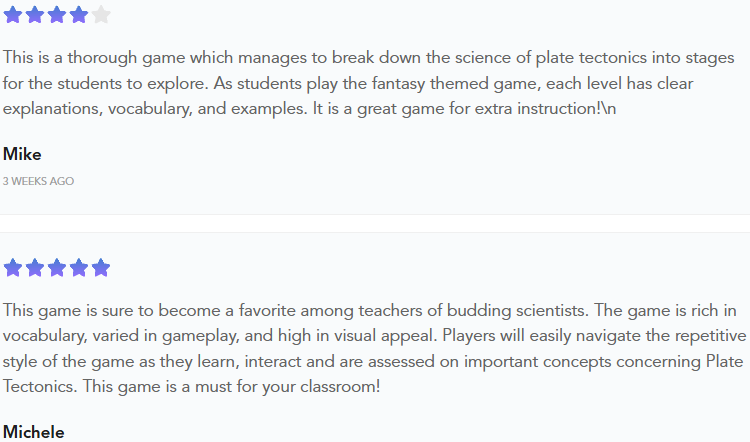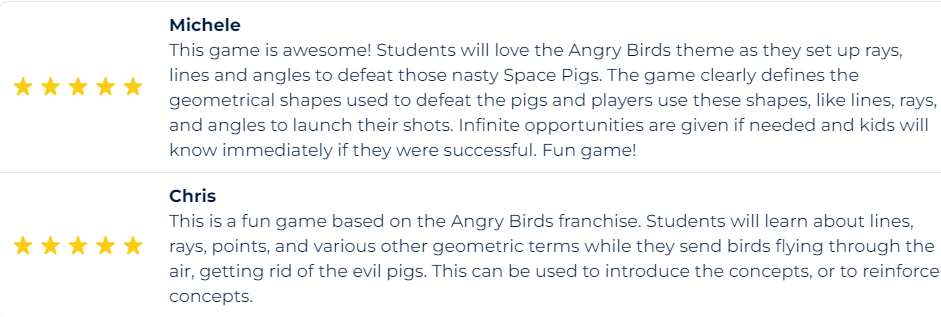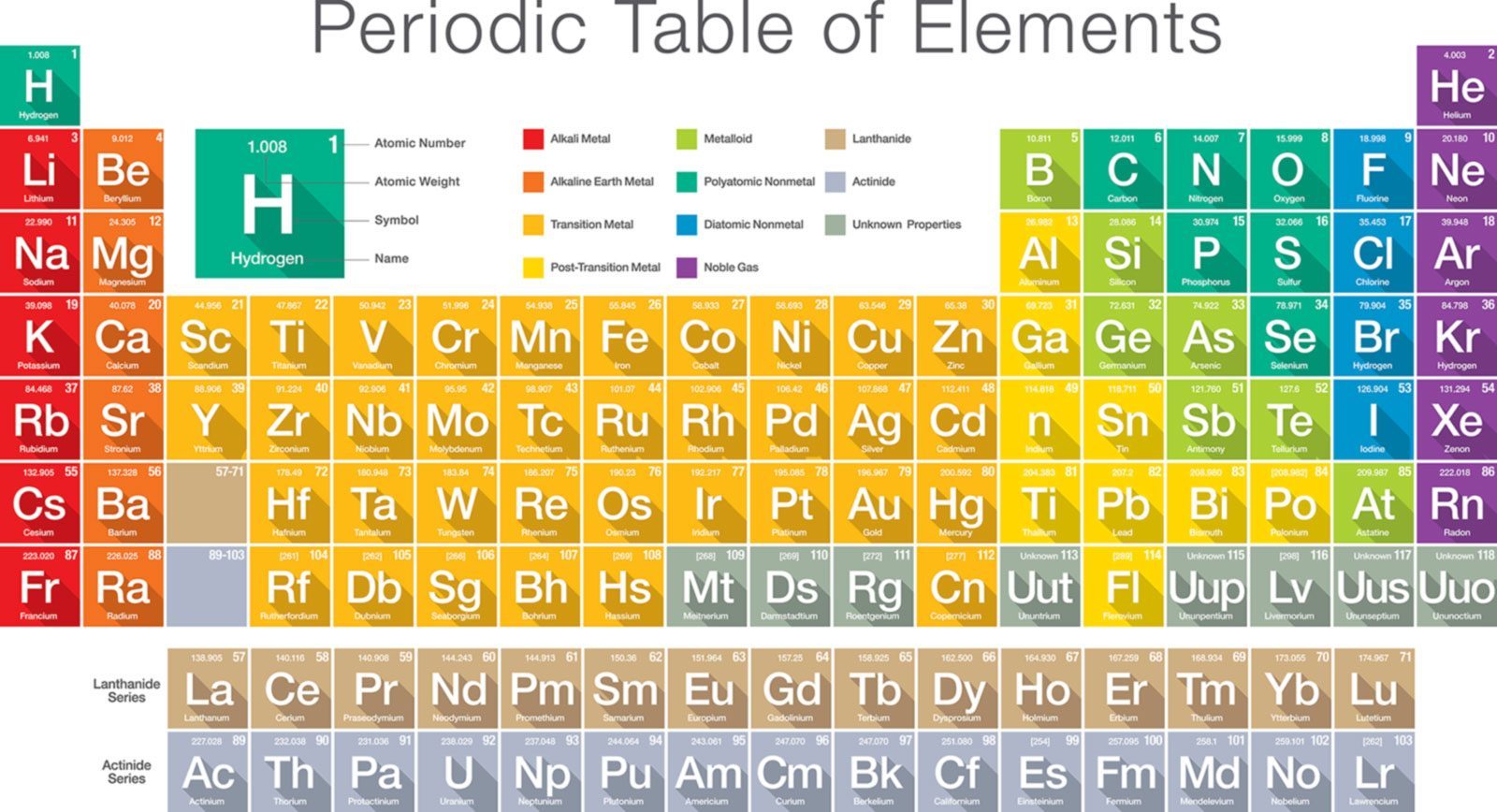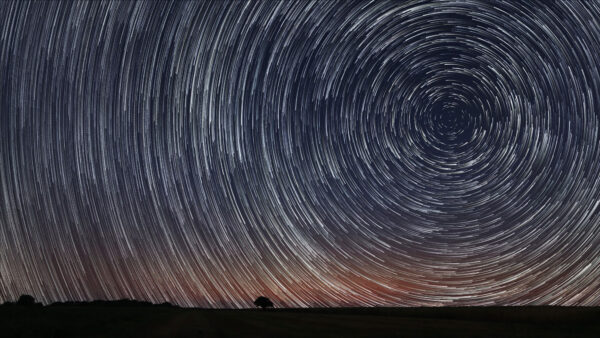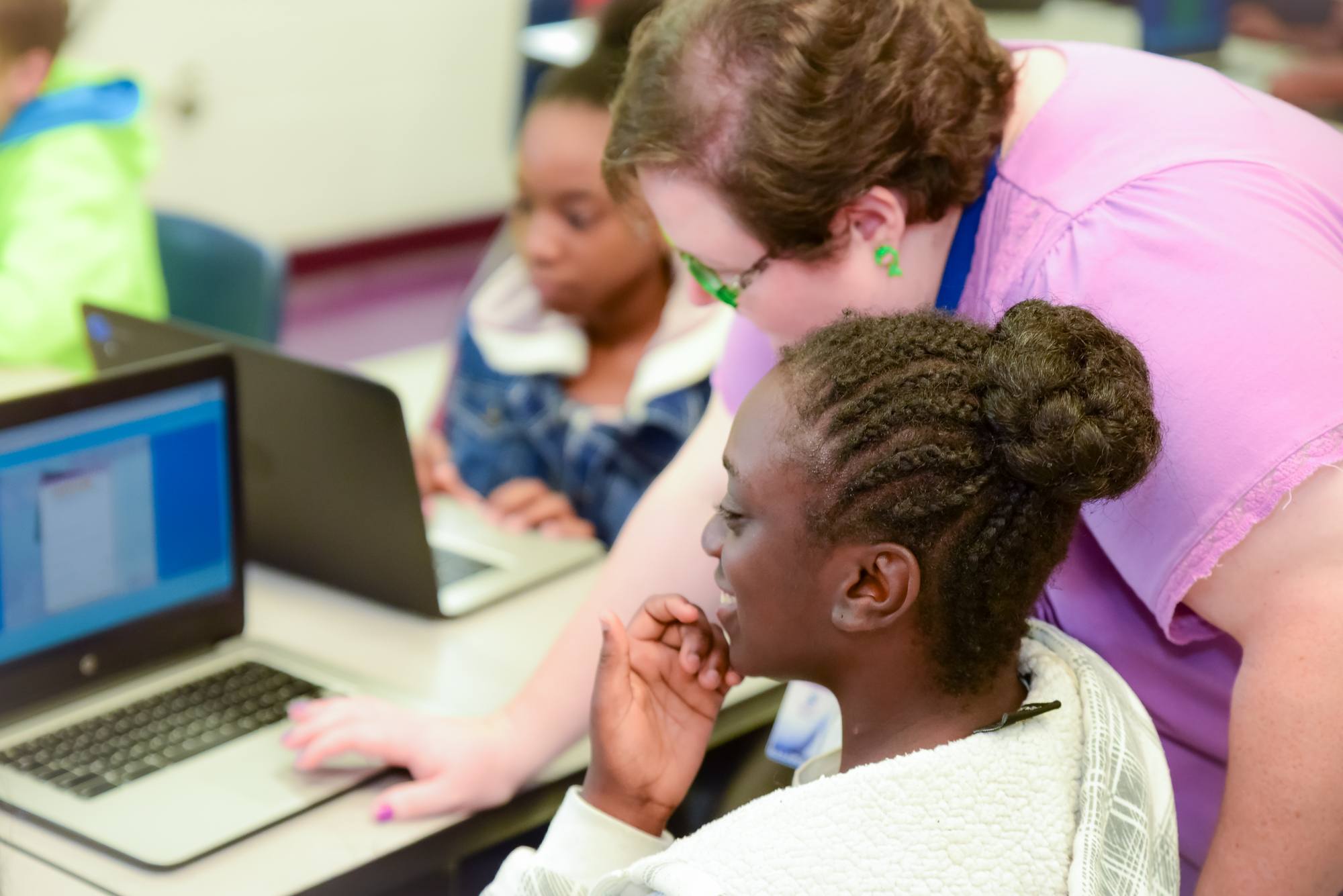Next Level Learning: How Florida Teachers Are Implementing Game-Based Science Instruction
Our wide-scale research project, funded by the U.S. Department of Education’s Education Innovation and Research (EIR) program, is entering its third year.
Impact Florida, WestEd, and Legends of Learning have partnered with a large Florida district to explore one key question: How can game-based learning lead to better academic outcomes for students in science?
During the project’s first two years, teachers and district leaders provided feedback on how Legends of Learning, a standards-aligned, online platform that teaches science through interactive games, can be integrated into everyday classroom practice. Teachers and students also shared impressions of using the game-based learning platform.
Early results showed that game-based learning made science class more fun and it helped students understand science concepts. Participating teachers found it to be especially effective for keeping students engaged and for reinforcing key science concepts. English learners also reported strong engagement, indicating that game-based learning can help these students participate meaningfully in science class.
“My favorite things about [the platform] are that I can actually learn while playing, which makes me want to learn more about science.”
— Fifth grade student“I liked that it is a new and interactive way for my students to practice science skills and reinforce topics.”
— Fifth grade science teacherNow, with two years of research and feedback in hand, our team is moving into the next phase. The goal is to take what we have learned and test two promising implementation models to identify the best way to integrate game-based learning into regular science instruction.
Model A: Prescribed Time, Flexible Use
- Teachers will use the game-based learning platform at least twice per week for about 30 minutes each session.
- Teachers can select between District Assignments or create their own.
- District Assignments are composed of games, videos, and assessments. Administrators can pre-select this content to align with district curricula.
- The game-based learning platform will be used as core instruction during class time, not as a free-choice, reward, or early finisher activity.
This model gives teachers clear expectations for use but allows flexibility to choose or curate assignments that best meet their students’ needs.
Model B: Prescribed Assignments, Flexible Time
- Teachers will ensure that students complete all District Assignments made available to them.
- Teachers will have flexibility in when and how often to use the platform.
- Assignments should not be modified, which ensures consistency across classrooms.
- Like Model A, the platform will be used as core instruction during class time.
This model focuses on coherence and alignment across classrooms, giving districts insight into how a prescribed set of assignments can support student learning.
Together, these two approaches will allow researchers and district partners to explore a key question: Does game-based learning work best when teachers have flexibility to adopt or create assignments, or when districts create consistent, unified assignments for all classrooms?
Scaling Up Implementation of Game-Based Learning
The next three years will be the most exciting and informative part of the project so far. Here is why educators and district leaders across Florida should keep an eye on what is coming next.
1. Better Understanding of How Teachers Can Optimally Implement Game-Based Learning
By comparing the two implementation models, our research team will learn how teachers integrate game-based learning into their science instruction and the extent to which they use it consistently and effectively throughout the school year.
2. A Model for Scale
Over the 2026-2027 school year, the chosen implementation model will be tested in hundreds of classrooms across 80 schools to determine the impact of the platform on teacher and student outcomes and to give researchers and practitioners real-world insights into what works for teachers and students. This model may hold promise for making science learning more engaging and effective in districts across Florida and beyond.





